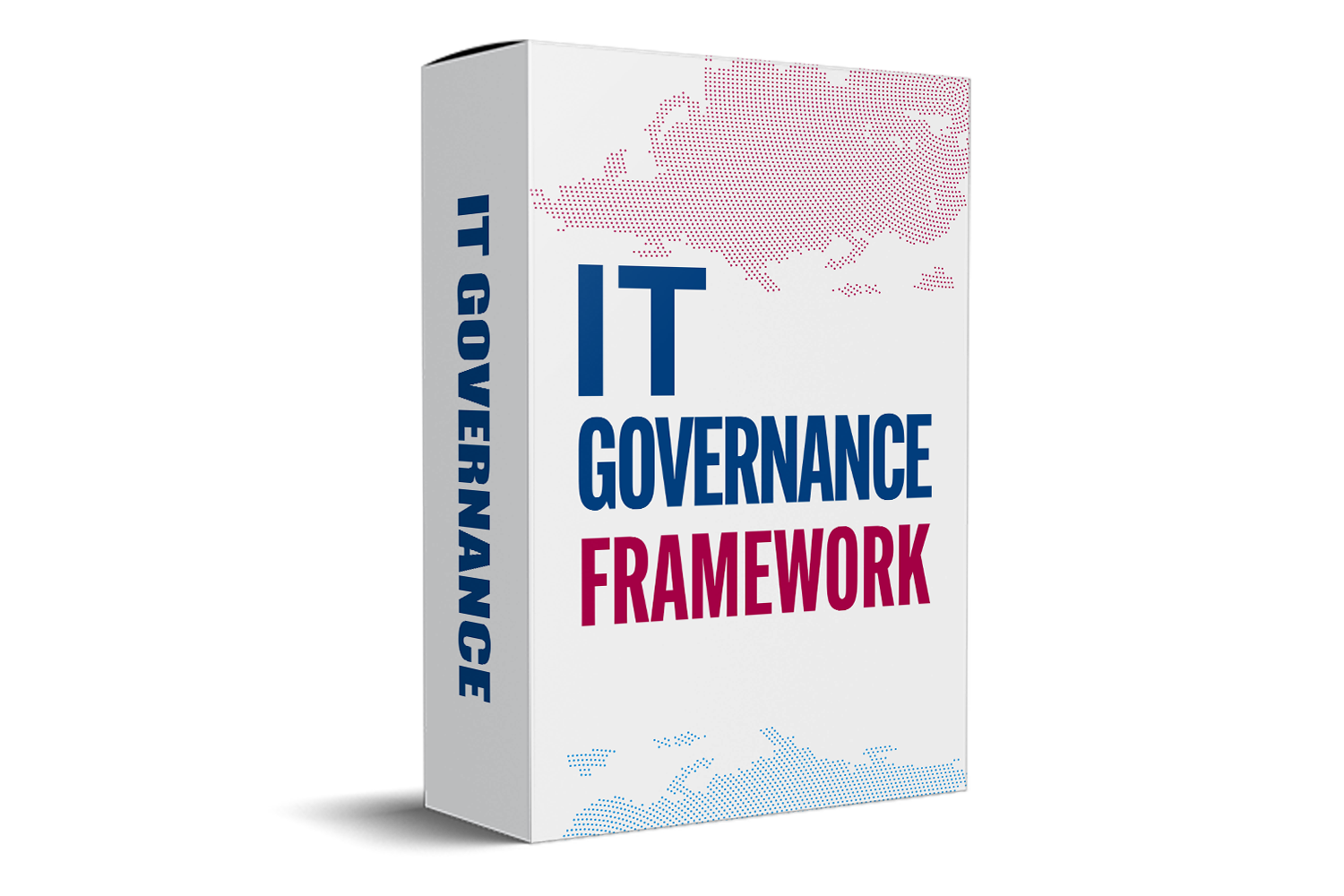What Is Praxis Framework?
Praxis framework is a methodology used in project, program, and portfolio management. It provides guidance on managing projects and offers a structured approach to project management. Praxis framework includes processes, principles, themes, and techniques that help organizations effectively plan, execute, and monitor their projects. It emphasizes the importance of stakeholder engagement, risk management, and benefits realization in project management. Praxis framework is adaptable and can be customized to fit the specific needs of an organization or project.

Key Components Of The Praxis Framework
The Praxis Framework consists of three main components: the Praxis Method, the Praxis Guide, and the Praxis Community.
1. Praxis Method: The Praxis Method outlines a systematic approach to project management that combines established methodologies while allowing for flexibility and adaptation. This method encourages practitioners to combine various project management techniques based on the specific needs and circumstances of each project.
2. Praxis Guide: The Praxis Guide serves as a comprehensive resource that includes templates, tools, and practical guidance to apply the Praxis Method effectively. This guide supports practitioners in implementing best practices, ensuring consistency, and enhancing the overall management process across projects.
3. Praxis Community: The Praxis Community plays a crucial role in promoting collaboration and knowledge sharing among project management professionals. It provides a platform for practitioners to engage with one another, share experiences, and discuss innovative practices within the field of project, program, and portfolio management.
How To Implement The Praxis Framework In Your Organization?
Step 1: Understand The Praxis Framework- Before implementing the Praxis Framework, it’s essential to have a deep understanding of its principles and components. The Framework integrates project management with context specific practices, providing a structured yet customizable approach. Familiarize your team with the core elements involving project lifecycles, governance, and stakeholder engagement. Training sessions or workshops can be beneficial in this regard.
Step 2: Define Organizational Needs And Context- Each organization has its unique context, which influences the success of any framework implementation. Conduct an assessment to understand your organization’s existing processes, culture, and strategic goals. Identify the specific challenges you aim to address using the Praxis Framework, whether those challenges relate to risk management, resource allocation, or stakeholder engagement.
Step 3: Obtain Leadership Support- Successful implementation requires commitment from leadership. Gain endorsements from key stakeholders and executives who recognize the value of adopting the Praxis Framework. Present a well rounded business case highlighting potential benefits, including increased efficiency, higher project success rates, and improved alignment with strategic objectives. Establishing a project sponsorship will facilitate a smoother transition and resource allocation.
Step 4: Develop An Implementation Plan- Create a detailed plan for the adoption of the Praxis Framework tailored to your organization’s needs. This plan should include timelines, resource requirements, risk assessments, and defined milestones. Determine the necessary training and development programs for team members to ensure they are well-prepared to embrace the new Framework.
Step 5: Engage Stakeholders- Engagement of stakeholders is crucial in the implementation process. Involve them early to obtain feedback and facilitate buy-in. Regular updates and transparent communication will encourage adoption and allow for the resolution of concerns as they arise. Use collaboration tools and platforms to create a sense of community and shared purpose.
Step 6: Start Small And Scale Gradually- It can be worthwhile to start with a pilot project to test the implementation of the Praxis Framework before a full scale rollout. This approach allows you to identify potential challenges and measure impacts in a controlled environment. Gather insights and learning from the pilot to inform the broader application across the organization.
Step 7: Monitor, Evaluate, And Adapt- Once the Praxis Framework is in place, continuously monitor its effectiveness. Establish key performance indicators (KPIs) to evaluate the impact on project outcomes, team efficiency, and stakeholder satisfaction. Utilize feedback loops to ensure that the Framework adapts to changing organizational needs and remains relevant over time.
Benefits Of The Praxis Framework
Utilizing the Praxis Framework offers numerous advantages to organizations aiming to enhance their project management capabilities. Some key benefits include:
1. Enhanced Alignment: By providing a clear structure for managing projects and programs, the Praxis Framework ensures that all initiatives are aligned with the organizational strategy. This alignment helps to prioritize resources and efforts towards activities that contribute to long-term goals and objectives.
2. Improved Communication: With shared processes and practices, the Praxis Framework facilitates better communication among stakeholders. Clear roles, responsibilities, and workflows help teams collaborate more efficiently, leading to improved project outcomes.
3. Increased Agility: The focus on adaptability within the Praxis Framework enables organizations to respond swiftly to changes in the project environment. Agility allows for iterative improvements and recalibrations, ensuring that the delivery aligns with evolving stakeholder needs and market conditions.
4. Flexibility: The Framework allows organizations to tailor their project management approach according to their unique circumstances and environments.
5. Integration: By incorporating elements of project, program, and portfolio management, the Praxis Framework ensures a cohesive and aligned approach to achieving strategic goals.
6. Enhanced Collaboration: Through the Praxis Community, practitioners can connect, share insights, and learn from each other, fostering a culture of continuous improvement.
7. Focus On Value Delivery: The Framework emphasizes delivering organizational benefits and value throughout the project lifecycle, ensuring that projects remain aligned with business objectives.
Conclusion
In conclusion, the Praxis Framework provides an inclusive and adaptable approach to project management, integrating best practices while emphasizing the importance of delivering value. By leveraging the decentralized methods, resources, and community support offered by the Framework, organizations can enhance their project management processes and ultimately drive greater success in their initiatives. As project management continues to evolve, the Praxis Framework stands out as a valuable tool for professionals aiming to stay ahead in the rapid changing landscape of this field.



